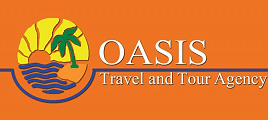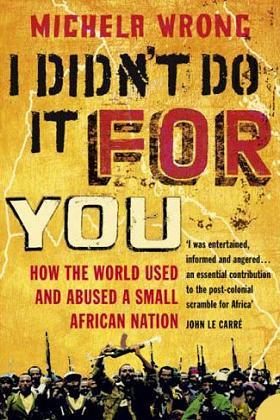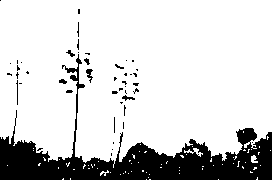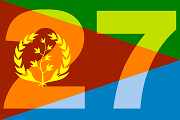
Asmara and Eritrea
A virtual trip to Asmara and Eritrea for those who were born in Eritrea and now live in the
Diaspora, for the visitors of Eritrea, for those who stay behind, and those who are just interested.
These information pages are dedicated to the people of Eritrea. These
pages are a private - non commercial - project.
We wish you a nice trip, and maybe once we will meet on Harnet Avenue Asmara.




"Asmara is, by any standards, a very safe, picturesque and relaxed capital. "
Eritrea - The Bradt Travel Guide
"Constructed almost entirely between 1936 and 1941, Asmara was effectively a blank canvas on which its Italian colonizers were able to design and build their own urban utopia in East Africa...... owing to Asmara's relative obscurity and distance from Europe, the architects and engineers who came to practice there could escape the constraints imposed on their activities in the more conservative European environment, making it an even more exceptional city"
Asmara - Africa's Secret Modernist City

"I Didn't Do It For You"
by Michela Wrong
- UK subtitle: How the World Used and Abused a Small African Nation
- US subtitle: How the world betrayed a small African nation
- With several maps and fifteen photographs
- Book review


Asmara (Asmera), Eritrea's
capital is situated on the eastern edge of Eritrea's highland plateau.
Asmara enjoys a great climate, clean and picturesque streets, attractive
palm trees, and a reputation as one of the safest, calm and alluring
capital cities in Africa. The name is derived from Arbaete Asmara which
literally means, in the Tigrinya language, "the four (villages) are
united".

The main port serving Eritrea, Massawa (Massaua) became an urban center in ancient times. It is the largest
natural deep water port on the Red Sea. Massawa is divided into three
parts: Batse, Tualud, and the mainland. The island Batse comprises the
ancient historical center with interesting houses, hotels, squares and
religious buildings. and is a marvelous place to wander
about.

Nacfa
(Nakfa) the major town in the Sahel region of Eritrea, holds a special
significance for the Eritrean people, being the home of the EPLF during
their struggle for independence from Ethiopia. It is therefore the heart
of collective Eritrean self-determination. The Eritrean currency, Nakfa,
is named after this town.

The mountain city Keren (Cheren), which means "highland" is one of the five major secondary
towns in Eritrea. It is one of the major agricultural centers of Eritrea,
particularly for fruits and vegetables. In addition its dairy herds supply
fresh milk, butter and the cheese factory produces provolone and other
cheeses.

Agordat (Akordat) is located between the Barka river and the Gash river. The
area is famous for its banana plantations. The Akat trees or Doum Palms
seen along the Barka River are known for their fruit. The mosque, the
second largest in Eritrea was build by Haile Selassie in
1963.

Mendefera
is also known as Adi Ugri. It is a bustling market town. The name derives
from the high hill in the center of the city and is a source of pride to
the people of Eritrea. It means "no one dared" and is a reminder of the
fierce resistance put up by the local people to the Italian
colonialism.
Congratulations Eritrea
May 24th
2018
27 years independence





